Electric Meat Tenderizer Machine: A Complete Guide
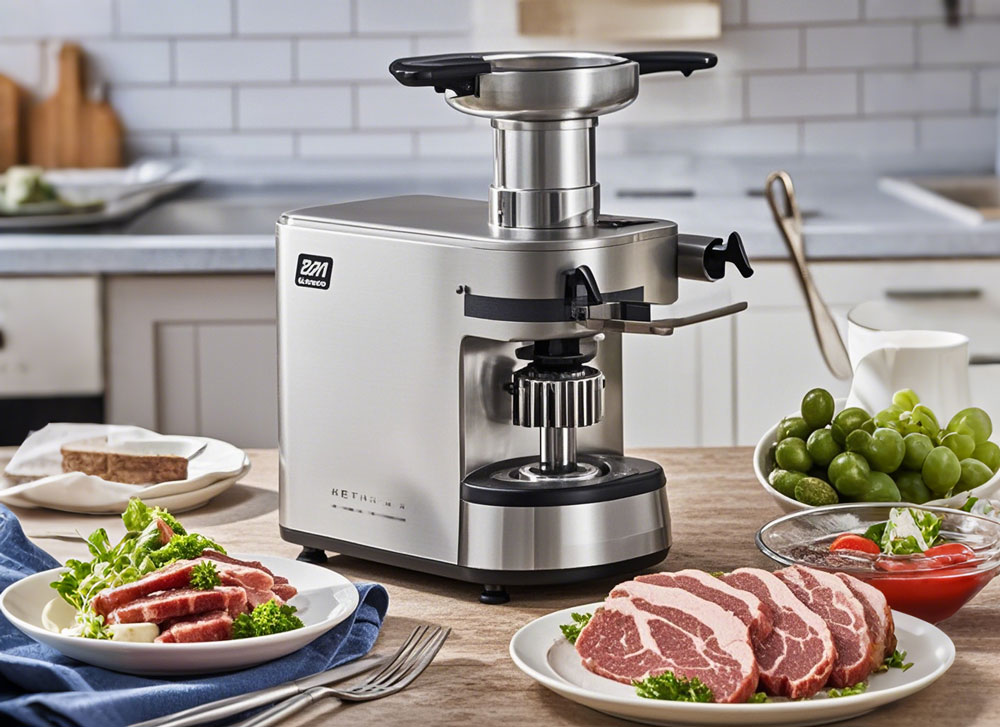
Introduction to Electric Meat Tenderizers
Meat tenderization is an essential part of cooking that enhances the texture and flavor of various cuts. An electric meat tenderizer machine simplifies this process by using modern technology to break down the muscle fibers in meat. These machines are becoming a staple in kitchens, both home and commercial, due to their efficiency and ease of use. In this comprehensive guide, we will explore everything you need to know about electric meat tenderizers—from how they work to the benefits they offer and how to choose the right one for your needs.
What is an Electric Meat Tenderizer Machine?
An electric meat tenderizer is a device designed to soften tough cuts of meat by breaking down muscle fibers. Unlike manual methods, which involve physical pounding, an electric tenderizer uses motorized blades or needles to penetrate the meat, making it more tender and easier to cook. Whether you're dealing with tough steaks, pork chops, or even game meat, this tool works quickly and efficiently to give you a superior texture.
Why You Should Consider an Electric Meat Tenderizer for Your Kitchen
Using an electric meat tenderizer brings several advantages, particularly in busy kitchens. It saves you time, ensuring that even the toughest cuts of meat can be prepared for cooking with ease. Additionally, it guarantees a consistent level of tenderness, meaning every meal you prepare has the same excellent quality. For anyone who frequently works with hearty cuts like beef brisket or venison, investing in an electric meat tenderizer can significantly improve the overall meal experience.
How Does an Electric Meat Tenderizer Work?
An electric meat tenderizer functions by using either blades or needles to mechanically break down muscle fibers, making the meat softer and more palatable. While the technology may vary slightly across different models, the basic principle remains the same. These machines ensure that the tenderizing process is quick, uniform, and effective.
The Technology Behind Electric Meat Tenderizing
At the core of most electric meat tenderizers is a powerful motor that drives either a set of sharp blades or a series of needles. These components are designed to perforate the meat, cutting through connective tissue and fibers, thus making the meat more tender. The technology varies from machine to machine, but all aim to replicate the effect of tenderizing without the need for strenuous manual labor.
The Mechanism of Blade and Needle Action
Blade-style tenderizers use a sharp, rotating set of blades to slice through the meat, breaking down tough fibers. Needle-style tenderizers, on the other hand, use a series of thin, sharp needles to pierce the meat. The blades and needles work together to ensure that the meat's texture is evenly softened without compromising its flavor or juiciness.
The Benefits of Using an Electric Meat Tenderizer
Electric meat tenderizers have transformed the way we prepare meat, offering a range of benefits that make them indispensable tools in both home and professional kitchens.
Faster and More Efficient Than Manual Tenderizing
Unlike traditional methods that require hours of pounding, electric tenderizers get the job done in minutes. The motorized action allows for faster processing, especially when preparing large quantities of meat. This efficiency is perfect for busy households or commercial kitchens that need to speed up the preparation process without sacrificing quality.
Consistent Results Every Time
One of the biggest advantages of using an electric meat tenderizer is the consistency it delivers. Manual tenderizing can vary depending on the person's strength and technique, but electric machines provide uniform results, ensuring that each piece of meat is tenderized to the same degree.
Perfect for Tough Cuts of Meat
Some cuts of meat, such as flank steak or round cuts, can be notoriously tough and difficult to prepare. An electric meat tenderizer makes it easy to work with these cuts, transforming them into tender, juicy pieces that cook more evenly and taste better.
Preserving the Juiciness and Flavor of Meat
When used correctly, an electric meat tenderizer doesn't just soften the meat—it enhances its flavor. By breaking down tough fibers, the machine allows marinades and seasonings to penetrate deeper into the meat, enriching the overall taste. Furthermore, tenderizing helps retain moisture, ensuring that your meat remains juicy and flavorful after cooking.
Key Features to Look for in an Electric Meat Tenderizer
When shopping for an electric meat tenderizer, there are several factors to consider to ensure you get a product that meets your needs and delivers reliable performance.
Blade Quality and Sharpness
The effectiveness of an electric meat tenderizer largely depends on the quality of the blades. High-quality blades made of durable stainless steel are essential for ensuring that the tenderizer can break down tough fibers without dulling quickly. Sharp blades will also deliver better results, tenderizing the meat more efficiently.
Adjustable Settings for Different Meat Types
Different types of meat require different levels of tenderization. Look for a tenderizer with adjustable settings so you can modify the machine's intensity depending on whether you're working with a delicate piece of chicken or a tough cut of beef.
Durability and Build Materials
A good electric meat tenderizer should be built to last. Look for models made from sturdy materials like stainless steel, which offer durability and resistance to wear and tear. Machines with high-quality components will stand up to frequent use and provide long-term value.
Safety Features to Consider
Safety is a key consideration when using any kitchen appliance. Electric meat tenderizers should come equipped with safety features like locking mechanisms to prevent accidental activation, non-slip bases to ensure stability, and safety covers to protect users from sharp blades or needles.
Ease of Cleaning and Maintenance
An electric meat tenderizer should be easy to clean to maintain hygiene. Removable parts like blades or needle cartridges make the cleaning process easier. Additionally, a machine that requires minimal maintenance will save you time and effort in the long run.
Types of Electric Meat Tenderizers
Electric meat tenderizers come in various designs, each offering distinct benefits and applications.
Needle-Style Electric Meat Tenderizers
Needle-style tenderizers feature multiple sharp needles that pierce the meat, creating tiny holes that help break down muscle fibers. These tend to be better suited for larger cuts of meat, as the needles can penetrate deeper and tenderize more effectively.
Blade-Style Electric Meat Tenderizers
Blade-style tenderizers use rotating blades to slice through meat, making them ideal for softer cuts. They are typically faster and better suited for smaller cuts or those that require minimal tenderizing.
Combination Machines: Tenderizing and Marinating
Some advanced models combine both tenderizing and marinating functions. These multi-functional machines allow you to tenderize and marinate your meat in one step, infusing your dishes with flavor and saving time during meal preparation.
Choosing the Right Electric Meat Tenderizer for Your Needs
Selecting the right machine depends on several factors, including your intended use, kitchen size, and the type of meat you most commonly prepare.
Home Use vs Commercial Use: Which One Is Best for You?
If you're a home cook, a smaller, more affordable model will likely meet your needs. However, if you plan to tenderize large quantities of meat regularly, a commercial-grade machine with greater power and durability may be necessary.
How Much Meat Do You Process? Choosing Based on Volume
Consider how much meat you typically prepare. For occasional use, a smaller machine with a few blades or needles will suffice. But if you often handle large amounts of meat, look for a model designed for high-volume processing.
Factors to Consider for Small Kitchens vs Large Kitchens
In smaller kitchens, compact and easy-to-store machines are ideal. Conversely, if you have more space and frequently process meat, you can opt for a larger, more robust machine that offers enhanced performance.
Electric Meat Tenderizers vs Manual Tenderizing Methods
While electric meat tenderizers offer convenience and efficiency, traditional methods still have their place.
Comparing Manual Meat Mallets and Electric Tenderizers
Manual tenderizers, such as mallets and hammers, require significant physical effort, and they often produce inconsistent results. Electric tenderizers, on the other hand, automate the process, offering faster and more uniform results without any exertion.
Pros and Cons of Each Method
Manual methods can be less expensive and more accessible, but they lack the precision and speed of electric machines. However, electric models require an upfront investment and may need more regular maintenance.
Which Method Is Better for Specific Cuts of Meat?
Manual tenderizing might be better suited for smaller cuts or when you want a more controlled tenderizing process. Electric tenderizers are ideal for tougher cuts that require significant work to break down fibers efficiently.
Common Meat Types for Electric Tenderizing
Electric meat tenderizers are versatile tools that can be used for various meats, each benefiting from different levels of tenderization.
Beef: Tenderizing Steaks, Ribs, and Roasts
Beef cuts like round steak, flank steak, and ribs are often tough and benefit greatly from tenderizing. The electric tenderizer helps break down the connective tissue, turning these cuts into tender, flavorful meals.
Pork: Making Pork Chops and Tenderloin More Delicious
Pork, especially cuts like chops and tenderloin, can benefit from tenderizing to ensure tenderness and moisture retention. Electric tenderizers make it easier to work with these cuts without overcooking.
Chicken: Preparing Poultry for a Better Texture
Chicken breast and thighs can sometimes be a little dry or tough. By tenderizing the meat, you can ensure that your poultry stays juicy and cooks more evenly.
Lamb: How Electric Tenderizing Enhances Lamb Meat
Lamb can be a tough meat, especially when it's not prepared correctly. Electric tenderizers can soften lamb shanks and chops, ensuring that the meat is easier to chew and more flavorful.
Venison and Other Game Meats: Tough Cuts and How to Handle Them
Game meats like venison require additional tenderness due to their naturally tough texture. Electric tenderizers are perfect for these cuts, helping to break down fibers and enhance the overall flavor and texture.
How to Use an Electric Meat Tenderizer: Step-by-Step Guide
Using an electric meat tenderizer is straightforward, but it's important to follow the right steps for optimal results.
Preparing the Meat Before Tenderizing
Before tenderizing, trim any excess fat and remove any bones, if necessary. The meat should be cut into manageable portions that can easily fit into the tenderizer.
Setting the Correct Tenderizing Level
Choose the appropriate setting based on the type of meat you're working with. Tough cuts require more intense settings, while more delicate cuts can be tenderized at lower levels.
Operating the Machine Safely and Effectively
Ensure the machine is set up properly, with all safety mechanisms in place. Always follow the manufacturer’s instructions for safe operation.
Aftercare: Cleaning Your Electric Meat Tenderizer
After each use, clean all parts of the machine thoroughly, especially the blades or needles. This prevents cross-contamination and ensures the longevity of the machine.
The Importance of Meat Tenderizing in Cooking
Tenderizing meat plays a critical role in improving the flavor, texture, and overall cooking experience.
How Tenderizing Affects the Flavor and Texture
Tenderizing softens the fibers, which allows marinades and seasonings to penetrate deeper, enhancing the flavor. The texture becomes smoother, making each bite more enjoyable.
Tenderizing Meat for Better Cooking Results
Tenderizing can reduce the cooking time and ensure that the meat cooks evenly. The softer the meat, the more evenly it cooks, resulting in a better final dish.
When Tenderizing Is Essential: Cuts That Benefit Most
Certain cuts, such as skirt steak, flank steak, or shoulder cuts, benefit greatly from tenderizing. Without it, these cuts may be too tough or chewy.
Top Brands and Models of Electric Meat Tenderizers
When selecting an electric meat tenderizer, it’s important to consider different models and brands based on features, durability, and price.
Comparing Popular Models: Features and Pricing
Some top brands offer advanced features such as variable speed settings, automatic shutoffs, and additional blades. Compare models to find one that fits your budget and needs.
Best Electric Meat Tenderizers for Home Use
For home kitchens, smaller models with easy storage and cleaning features work best. They offer sufficient power for occasional use without being bulky.
Best Electric Meat Tenderizers for Commercial Kitchens
Commercial kitchens require heavy-duty machines capable of handling large quantities of meat. These models are more durable and have powerful motors to maintain efficiency in high-volume settings.
Electric Meat Tenderizer Maintenance: Keeping Your Machine in Top Shape
Maintaining your electric meat tenderizer will extend its lifespan and ensure optimal performance.
Regular Cleaning and Lubrication Tips
Regular cleaning and lubrication are essential for keeping your tenderizer in good working order. Always follow the manufacturer’s guidelines for cleaning and lubricating components.
Replacing Blades or Needles When Necessary
Over time, blades or needles can become dull or damaged. Replacing them promptly ensures that the machine continues to perform effectively.
Troubleshooting Common Issues
If your tenderizer isn't working properly, check for common issues such as misaligned parts, blocked blades, or electrical faults. Most models come with troubleshooting guides to help resolve these problems.
Electric Meat Tenderizers in Commercial Kitchens
In commercial kitchens, electric meat tenderizers play a crucial role in improving efficiency and consistency.
The Role of Electric Tenderizers in High-Volume Meat Processing
Electric tenderizers streamline the meat preparation process in commercial settings, making it easier to handle large quantities of meat in less time.
Boosting Efficiency in Meat Restaurants, Delis, and Butcher Shops
For businesses like butcher shops and delis, using electric tenderizers allows for faster processing, ensuring that products are ready for sale quickly without compromising quality.
Choosing the Right Commercial Tenderizer for Your Business
When selecting a commercial tenderizer, consider factors like the volume of meat processed, the type of meat, and the space available in the kitchen. Heavy-duty models with larger capacities are ideal for high-output environments.
How Electric Meat Tenderizers Enhance Meal Prep
Electric meat tenderizers can make meal preparation faster and more efficient, especially when preparing large batches of meat.
Meal Prep for the Week: Tenderizing in Bulk
Tenderizing meat in bulk saves time when preparing meals for the week. This process makes it easier to portion out meat and ensures that it cooks evenly throughout the week.
Saving Time in the Kitchen: Faster Meal Prep with Tenderized Meat
With tenderized meat, cooking times are reduced, allowing you to spend less time in the kitchen and more time enjoying your meal.
How Tenderized Meat Can Save You Money in the Long Run
By tenderizing cheaper, tougher cuts of meat, you can make them as tender and delicious as higher-end cuts, saving money on your grocery bill without sacrificing flavor.
Electric Meat Tenderizers and Food Safety
Food safety is an important consideration when using any kitchen appliance, and electric meat tenderizers are no exception.
How Proper Tenderizing Helps Prevent Undercooking
Tenderizing meat ensures that the fibers break down evenly, which helps prevent undercooking in tougher cuts. The even penetration of heat during cooking makes it safer and more delicious.
Keeping Your Meat Tenderizer Clean to Avoid Contamination
Regular cleaning prevents cross-contamination between different types of meat, especially when using the machine for both raw and cooked meats.
Tips for Storing Tenderized Meat Safely
Always store tenderized meat at the appropriate temperature to prevent bacterial growth. Use airtight containers to maintain freshness and prevent contamination.
What to Avoid When Using an Electric Meat Tenderizer
While electric meat tenderizers are effective tools, it’s important to use them correctly to avoid damaging the meat or the machine.
Over-Tenderizing: How It Affects Meat Texture
Over-tenderizing can make the meat mushy and unappetizing. Always use the appropriate settings for the type of meat you're working with.
Choosing the Wrong Settings for Different Meat Types
Each type of meat requires a different level of tenderization. Make sure to adjust the machine’s settings based on the cut of meat to avoid undesirable textures.
Ignoring the Maintenance of Your Electric Meat Tenderizer
Neglecting maintenance can cause the machine to malfunction or produce subpar results. Regular care ensures optimal performance and longevity.
Electric Meat Tenderizer Alternatives and Innovations
Though electric meat tenderizers are highly effective, there are new developments in the tenderizing field worth exploring.
New Trends in Tenderizing Technology
Recent innovations in tenderizing technology include machines that can also marinate meat while tenderizing, saving time and enhancing flavor.
Hybrid Machines: Combining Tenderizing and Marinating
Hybrid machines that combine tenderizing and marinating functions offer a convenient solution for cooks looking to maximize flavor while softening meat.
Manual Alternatives: When to Use a Traditional Meat Tenderizer
While electric models are highly efficient, there are still times when manual tenderizing methods, such as mallets or hand-held tools, may be more appropriate.
Customer Reviews and Feedback on Electric Meat Tenderizers
Understanding customer experiences can provide valuable insights when choosing the best electric meat tenderizer.
What Users Are Saying About Their Electric Meat Tenderizers
Many users report satisfaction with the speed and efficiency of electric tenderizers, especially for tougher cuts of meat.
Common Complaints and How to Address Them
Some users have complained about the noise or bulkiness of certain models. It's important to consider these factors when choosing a machine for your kitchen.
Customer Success Stories: Improving Meat Quality with Electric Tenderizers
Success stories from both home cooks and professional chefs show how electric meat tenderizers can elevate the overall quality of meat dishes.
Cost Considerations for Electric Meat Tenderizers
The cost of an electric meat tenderizer can vary widely depending on its features and build quality.
What You Can Expect to Pay for a Quality Electric Meat Tenderizer
Prices for electric meat tenderizers can range from budget-friendly options to high-end models. Expect to pay between $50 and $200 for a quality machine, with more advanced commercial models costing more.
Budget-Friendly Options vs Premium Models
Budget options may lack some of the advanced features of premium models, such as multiple speed settings or heavier-duty motors. Premium models often offer enhanced durability and better performance.
Is It Worth the Investment for Home or Commercial Use?
Whether or not an electric meat tenderizer is worth the investment depends on how often you cook meat and how much time you're willing to spend on meal preparation. For frequent meat eaters or commercial kitchens, the investment is definitely worthwhile.
Conclusion: Is an Electric Meat Tenderizer Right for You?
After evaluating the various factors, it’s clear that an electric meat tenderizer can be a game-changer in both home and professional kitchens. Whether you’re looking for efficiency, consistency, or improved flavor, this tool offers numerous benefits. By carefully considering your needs and budget, you can make an informed decision and enjoy perfectly tenderized meat every time.
Must-Read Blogs For Chain Restaurants Owner




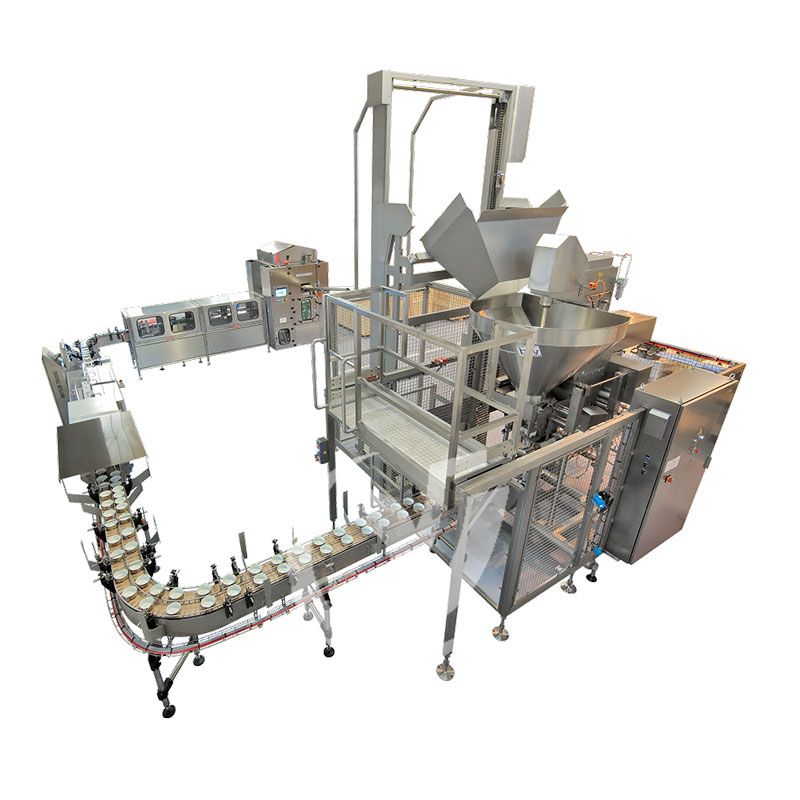


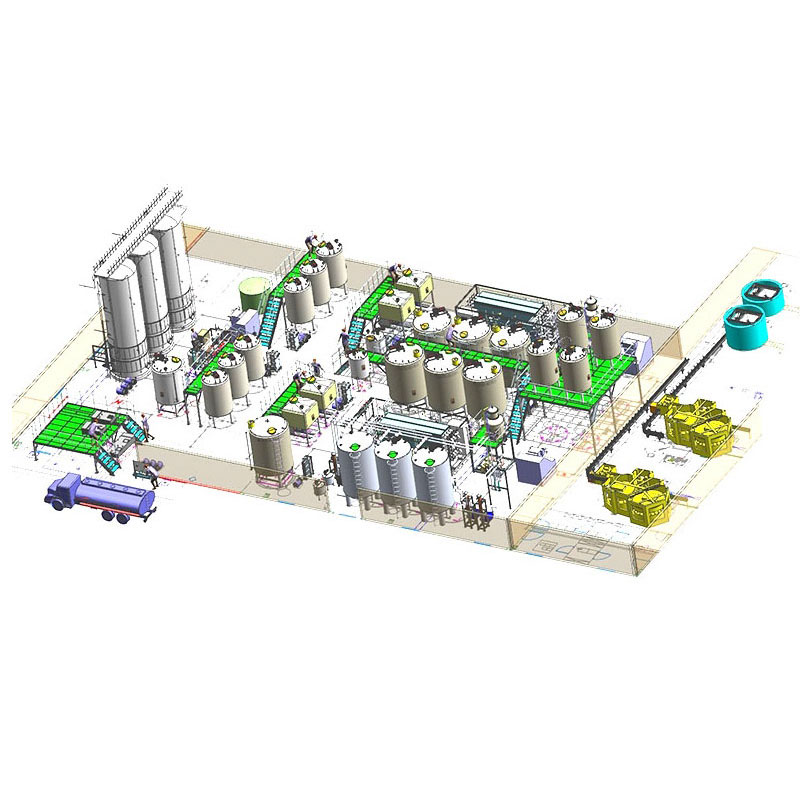


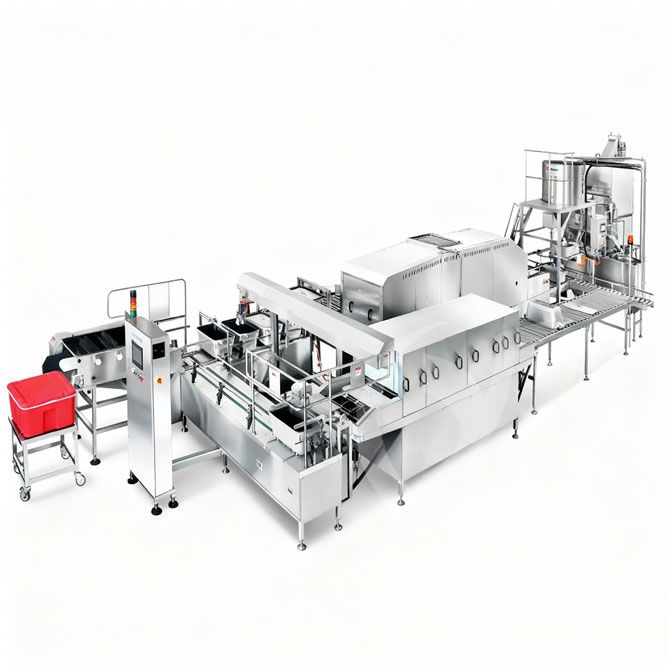
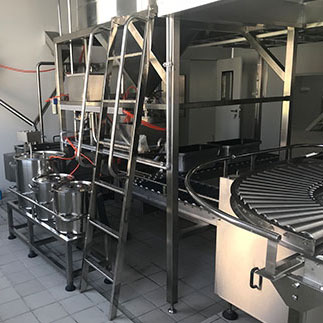 Cold Chain Rice Production Line
Cold Chain Rice Production Line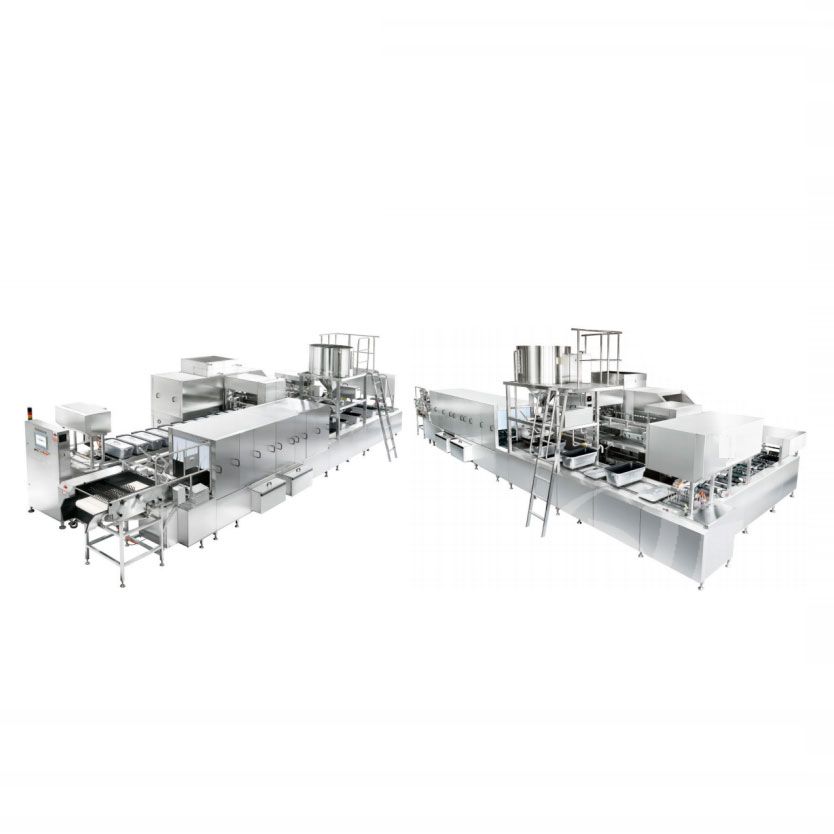 Unmanned Intelligent Rice Production Line
Unmanned Intelligent Rice Production Line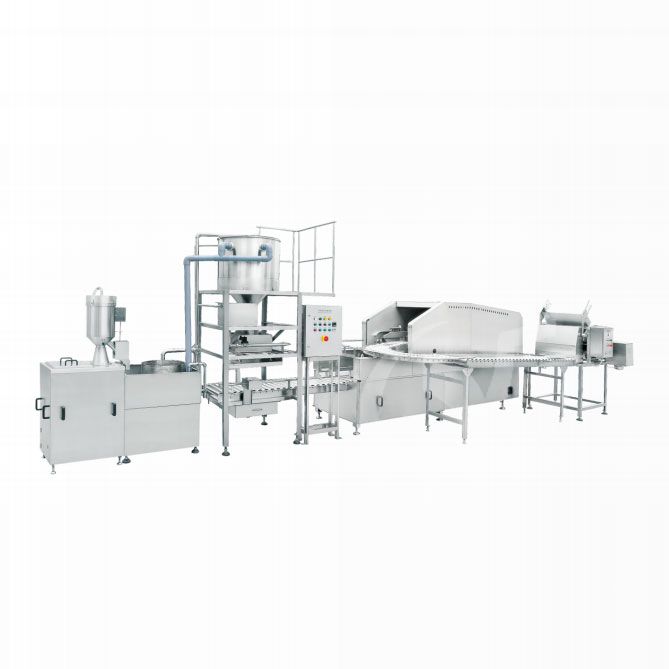 Automatic Rice Production Line
Automatic Rice Production Line
Ready to Get Started?